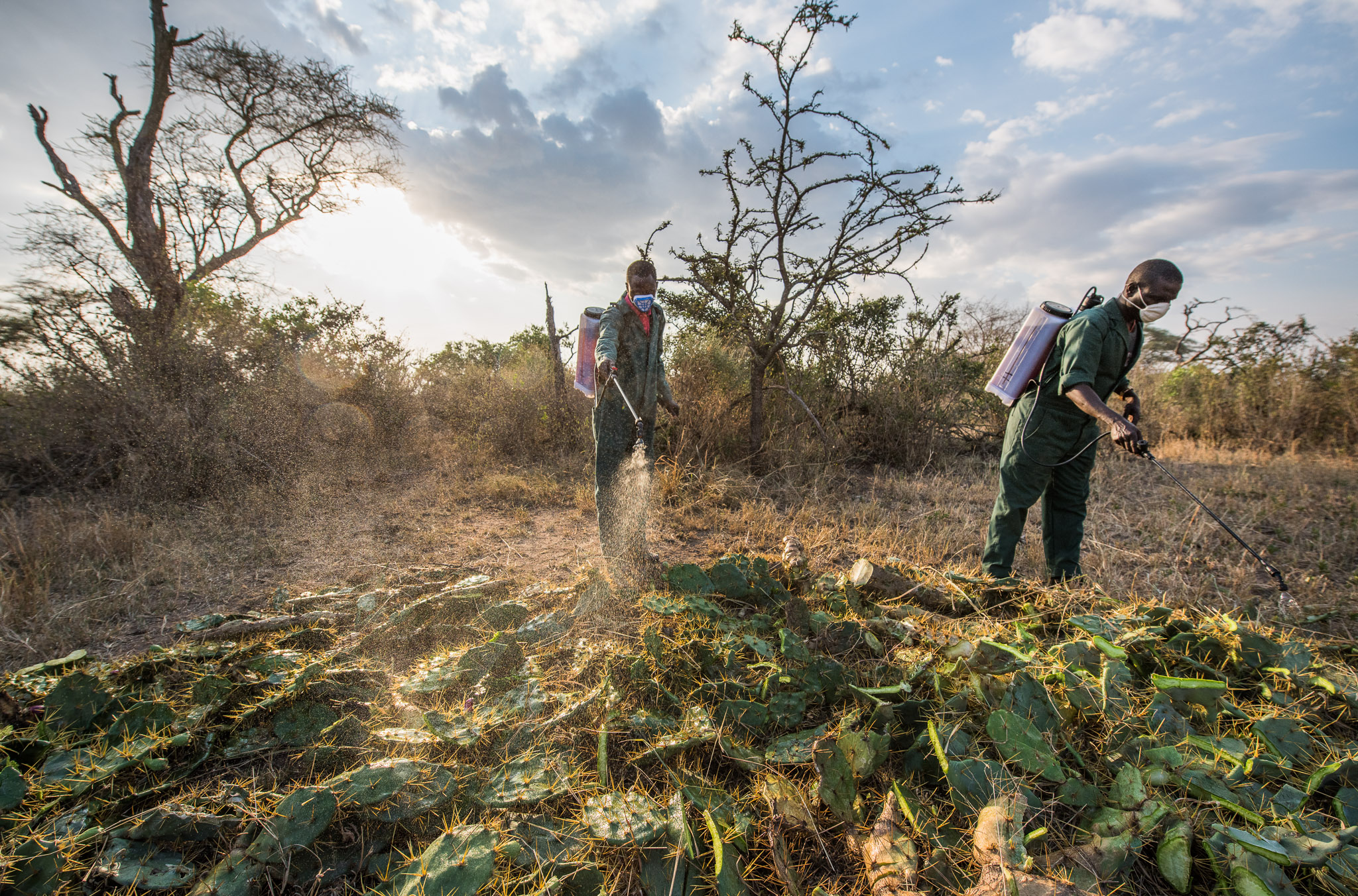Finished! Looks like this project is out of data at the moment!
Welcome! This project recently migrated onto Zooniverse’s new architecture. For details, see here.
Research
Our History
The Serengeti plains teem with wildlife, including vast herds of plains game, a plethora of predators and the spectacle of the annual wildebeest migration. The Grumeti Fund and Singita are the proud custodians of 350,000 acres of this unique ecosystem. Located in the western corridor of the Serengeti ecosystem, a region considered by many to be an international treasure, the Singita Grumeti concessions are bountiful lands, rich in flora and fauna.
But they weren’t always this way. By the turn of the 21st century, a combination of uncontrolled illegal hunting, rampant wildlife, and spreading stands of invasive alien vegetation had severely depressed resident wildlife numbers.
Thankfully, in 2002, American philanthropist Paul Tudor Jones made it his personal quest to rehabilitate and restore the Grumeti concessions to their former glory. He established the non-profit Grumeti Fund to begin the mammoth task of rehabilitating the degraded area, and shortly afterwards partnered with the world-renowned Singita safari brand to strengthen and continue this mission.
This far-sighted partnership, combined with holistic adaptive management approach and law enforcement strategy, has helped animal populations rebound dramatically, turning Grumeti into the ultimate conservation success story and one of the most sought-after photographic safari destinations on the continent. The result is a magnificent wilderness experience that captivates guests, supports the ongoing conservation work, and empowers communities.
Our joint mission is to contribute to the conservation of the Serengeti ecosystem, its natural landscape, and its wildlife through partnerships with local communities and other stakeholders to create a world in which people and wildlife live together, sustainably, forever.
Conservation Challenges
 | |
| Alien Plants | |
| Invasive plants are species that do not occur naturally in an area – they have been introduced, usually by humans, either intentionally or by mistake. As they generally have no natural enemies in their new homes, these invaders are able to outcompete native species and quickly take over large swathes of land. The resultant thickets are often almost impenetrable and inedible for indigenous mammals, meaning that the entire area is lost to indigenous fauna and flora alike. The Grumeti Fund employs comprehensive invasive species control programs within the concessions and in nearby villages with the aim of eradicating and / or preventing the spread of siam weed, prickly pear, feverfew, and Mexican sunflower. |
Human-Wildlife Conflict
Conflict between people and wildlife is a major threat to the conservation of wildlife globally, and the western Serengeti is no exception. Wildlife can damage crops, livestock, and structures, and injure or kill people, and is known to undermine the willingness of local communities to support conservation efforts. The Grumeti Fund is currently working on multiple projects aimed at better understanding where, when, and why conflict is likely to develop, and has invested in a mobile mitigation unit to prevent and respond to incidents.
Illegal Resource Extraction
The illegal extraction of resources within protected areas occurs globally. In the western Serengeti, people poach for bushmeat, graze cattle, and cut down trees for charcoal within reserve boundaries. Effective law enforcement is a key component of a holistic management programme, and the Grumeti Fund combines cutting-edge technology and boots on the ground to combat poaching and other forms of illegal resource extraction.
Key Projects
Camera Trapping
 | As part of the Snapshot program, we installed 316 cameras across the 350,000-acre concession. These images will primarily be used to monitor wildlife population movements and densities, and will become part of a long-term data set. The Grumeti Fund’s aim for this project is to support management decisions and address broader research questions related to human-wildlife interactions. The camera traps will provide information on where and when wildlife occur throughout the reserve, and how movements relate to proximity to protected area edges and areas inhabited by people. This will allow the Grumeti Fund to be more proactive in prioritizing habitat areas and species for management within the reserve, and in developing mitigation solutions and supporting local communities along the boundary that experience conflict with elephant, lion, and hyena, with the ultimate aim of safeguarding the western Serengeti for both people and wildlife. |
Elephant Collaring
In 2018, the Grumeti Fund fit 30 elephants with GPS collars in order to better understand their movements throughout the Grumeti concessions, adjacent communities, and the Serengeti ecosystem. This near real time information on elephant movements is being used to improve the capacity of the Grumeti Fund and local partners to prevent crop losses and to protect both elephants and people.
Endangered Species Reintroductions
Part of the commitment of the Grumeti Fund is the re-establishment of species that, through human pressure, have become locally extinct in the area in the past. The Grumeti Fund has been instrumental in the funding, translocating, and reintroduction of a number of endangered and locally extinct species to Grumeti and the wider Serengeti ecosystem. Priorities include the reintroductions of black rhino, African wild dog, and greater Kudu. Late 2018 saw the translocation of a male black rhino from the San Diego Zoo to Grumeti, and 2019 is looking to be an exciting year with plans for the reintroduction of 10 more black rhino.
| --- | --- |
For a list of image attributes, click here.